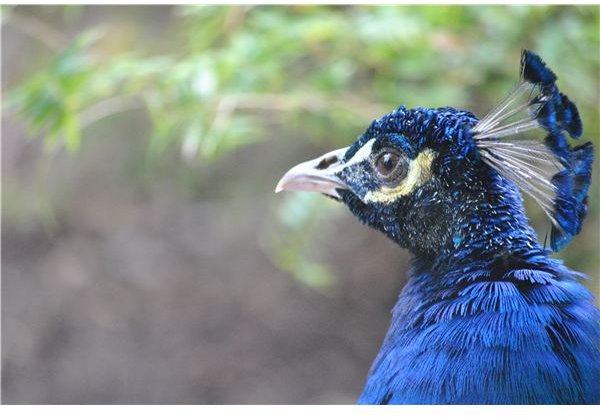Digital Photography Tutorial: Digital Wildlife Photography
Capturing Wildlife Photography
Digital wildlife photography focuses on both animals and destinations. While the subject of the photograph is the animal, you also need to consider your background and how it affects the look of your photograph. But, there’s more to taking wildlife photographs that simply picking up your camera and shooting. You need to consider technique and equipment.
Needed Equipment
The two most important pieces of equipment for wildlife photography is a good digital camera and a telephoto zoom lens. A standard point-and-shoot camera will capture the animals, but the quality suffers greatly. And, you can’t change out the lenses on these cameras.
Instead, invest in a good digital SLR camera. Olympia, Canon and Nikon all make good SLR cameras, but there are cheaper versions, especially for entry-level photographs. Test out a few, and choose the one that you like the best.
While all of these companies offer their own lenses, you can also purchase third-party lenses that work just as well. But, these lenses tend to be cheaper than the manufacturer lens. If you get an extremely heavy lens, invest in a good tripod and lens holder.
Zooming In
Now, it’s time to take your pictures. For animal photography, you generally want to focus on the face of the animal since that’s where you’ll see the personality of the animal. But, you can also focus on a group of animals as in a pride of lions.
Increase the shutter speed since animals move fast. You can use the “Action” or “Continuous” shooting modes. Zoom into the animal as opposed to trying to go up to the animal. The animal may run away if you get too close, or, worse, attack you. Don’t spook the animal. Stake out spot close enough to capture a great image, but not put yourself in danger.
Flash/Background
Don’t use the flash. Flash usually causes red-eye problems on animals. Plus, they may close their eyes. It also dulls the scene. You should be able to use natural lighting if you are outside. If you are taking photographs at night or in low-light settings, increase the ISO to at least 800. Experiment with a few shots, and increase the setting if necessary.

If you are taking photographs during the middle of the day or at a water source, use a polarizing or UV filter to reduce glare. If you want to add some color to the scene, try either a warm or cool filter on your lens.
Think about your background. If you are at a zoo, don’t take a photograph of a peacock next to the food vendor unless it makes for an interesting shot. Try to capture the animal in a natural setting.
Finally, have a lot of patience. Wildlife does not perform on command. Take a lot of shots, and bring extra memory cards.
References
MalekTips.com, https://malektips.com/digital_wildlife_and_animal_photography_help_and_tips.html
Africa-Nature-Photography.com, https://www.africa-nature-photography.com/nature-photography-equipment.html
Image Source: Author
